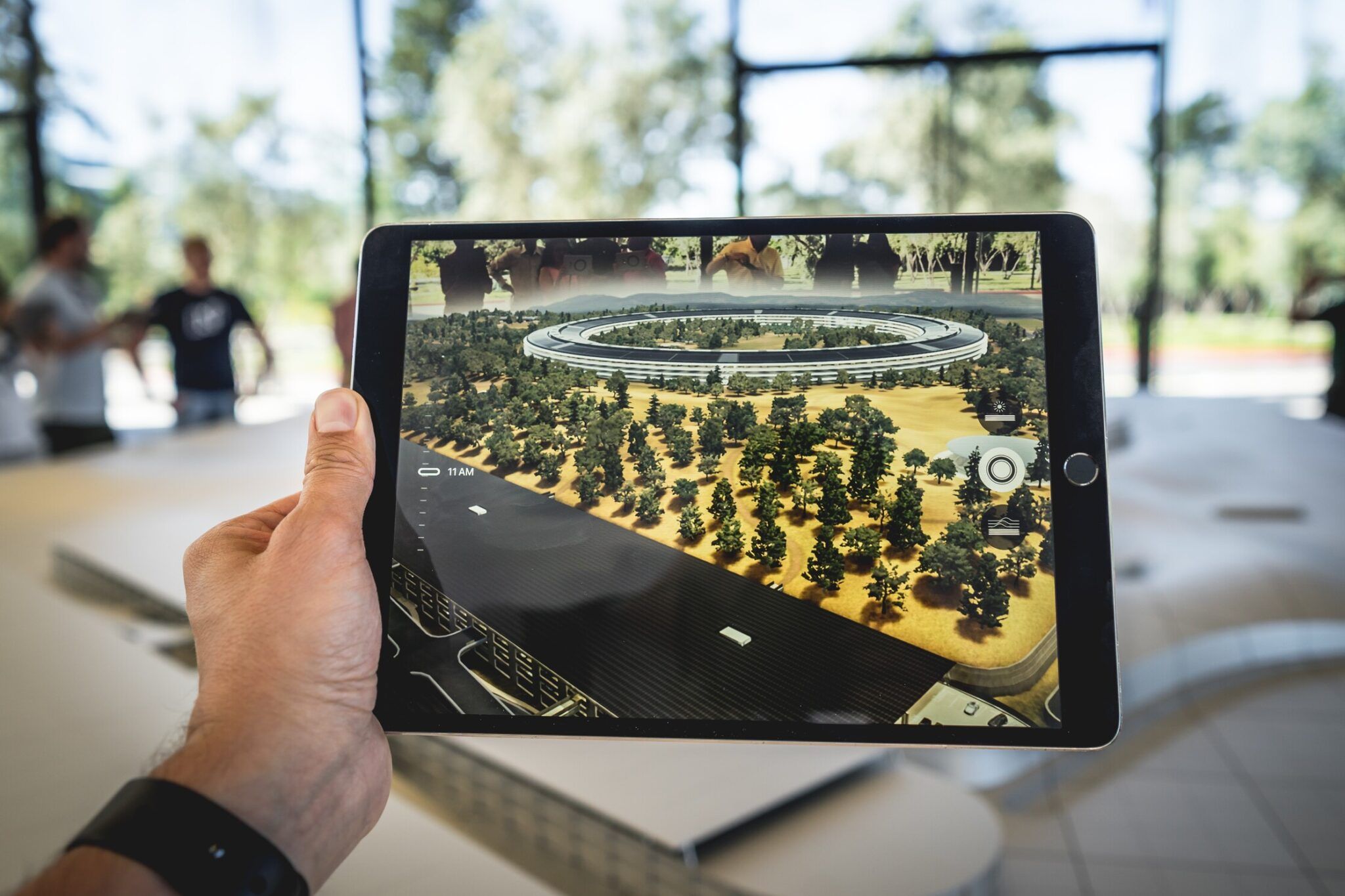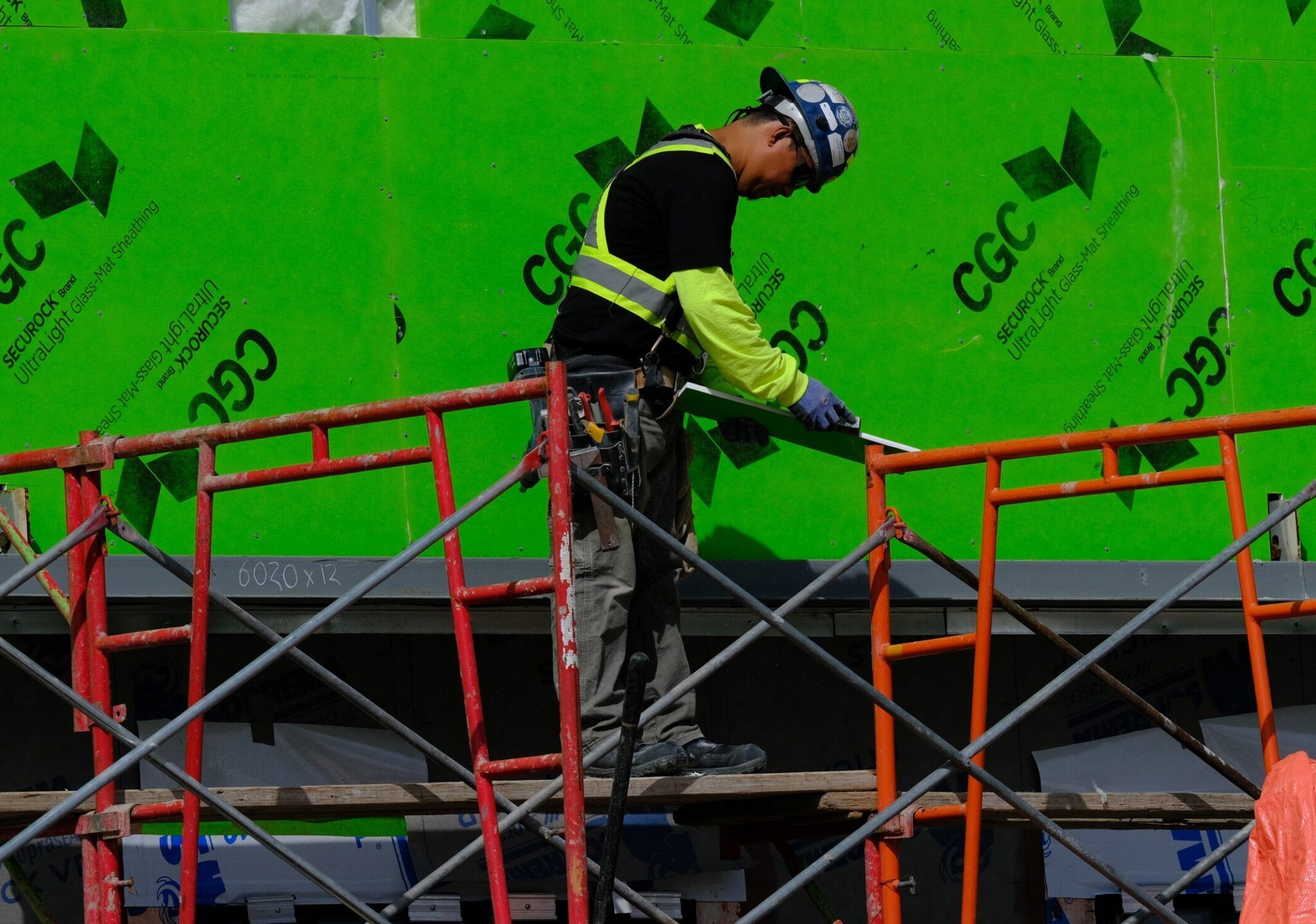Capturing As-Built Changes to Make Better Digital Twins
This post originally appeared on LinkedIn.
 Augmented Reality view of Apple Park
Augmented Reality view of Apple Park
Digital Twins are easy. All you have to do is create a 3D object. Some triangles and you’re done. A BIM model is practically a Digital Twin. The problem is usually those twins are created from data that isn’t “as-built”. What you end up with is a digital object that ISN’T a twin. How can you connect your IoT and other assets to a 3D object that isn’t representative of the real world?
I talked a little bit last time on how to programmatically create digital twins from satellite and other imagery. Of course, a good constellation can make these twins very up to date and accurate but it can miss the details needed for a good twin and it sure as heck can’t get inside a building to update any changes there. What we’re looking for here is a feedback loop, from design to construction to digital twin.
There are a lot of companies that can help with this process so I won’t go into detail there, but what is needed is the acknowledgment that investment is needed to make sure those digital twins are updated, not only is the building being delivered but an accurate BIM model that can be used as a digital twin. Construction firms usually don’t get the money to update these BIM models so they are used as a reference at the beginning, but change orders rarely get pushed back to the original BIM models provided by the architects. That said there are many methods that can be used to close this loop.
 Construction methods cause changes from the architectural plans
Construction methods cause changes from the architectural plans
Companies such as Pixel8 that I talked about last week can use high-resolution imagery and drones to create a point cloud that can be used to verify not only changes are being made as specifications but also can notify where deviations have been made from the BIM model. This is big because humans can only see so much on a building, and with a large model, it is virtually impossible for people to detect change. But using machine learning and point clouds, change detection is actually very simple and can highlight where accepted modifications have been made to the architectural drawings or where things have gone wrong.
Focus on getting those changes into the original BIM models helps your digital twins
The key point here is using ML to discover and update digital twins at scale is critically important, but just as important is the ability to use ML to discover and update digital twins as they are built, rather than something that came from paper space.
Credits:
Photo by Elmarie van Rooyen on Unsplash
Photo by Scott Blake on Unsplash